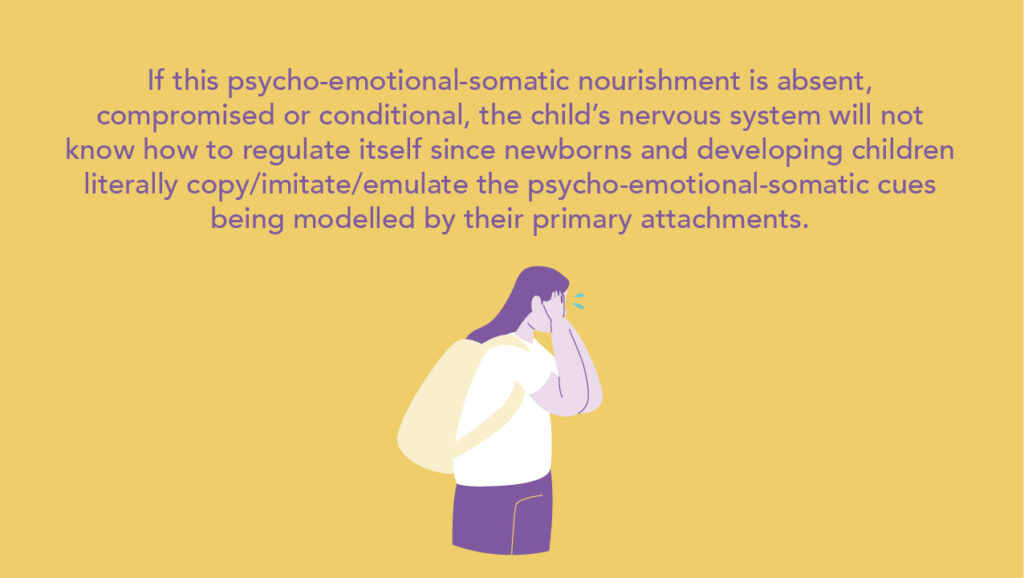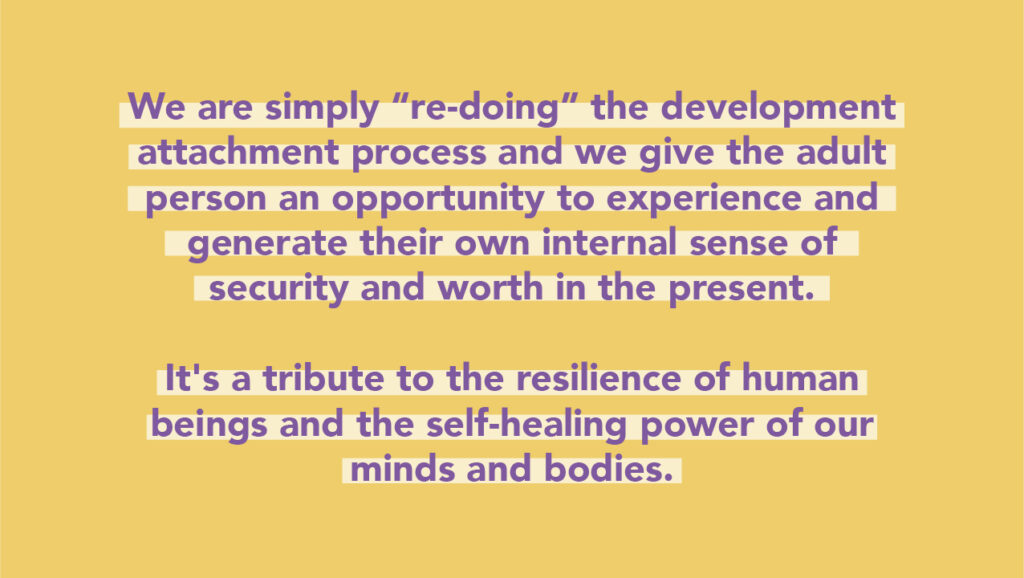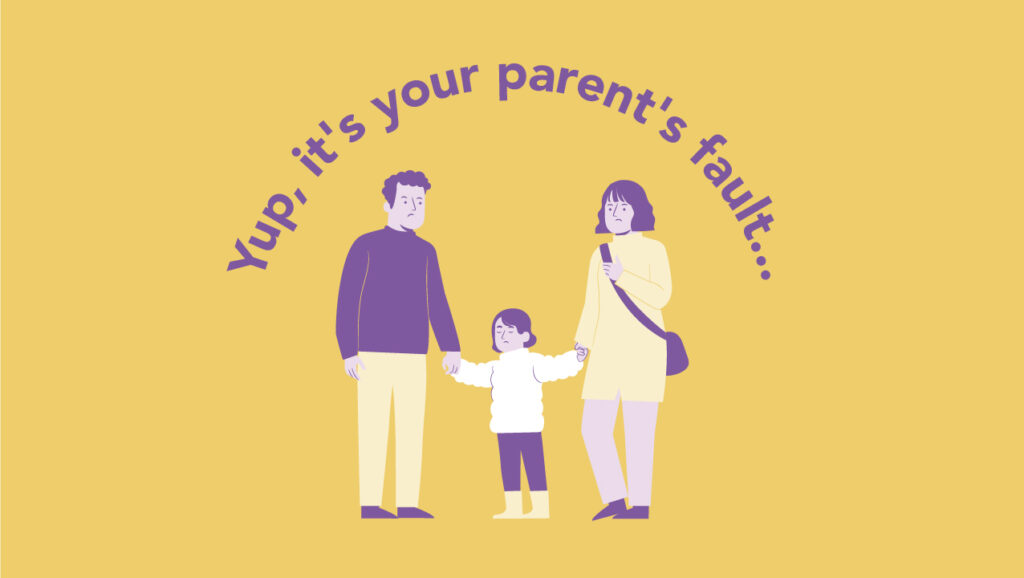One cliche of psychotherapy is that all issues inevitably stem from childhood. Yup, it’s your parent’s fault… Like all cliches, this one rooted in elements of truth and common experience. When most folks think of something in childhood that “messed them up,” they think of traumatic incidents. These may include abuse, violence or alcoholism.
Obviously, these things are sources of trauma in many people and manifest in negative ways in their adult lives. But there are other childhood wounds that are much more common, much more invisible and much more damaging. We call these wounds attachment injuries.
What Is an Attachment Injury?
Without making this a ten thousand word article, let me just say that children need more than food and shelter. A developing child needs plenty of psychological, emotional and somatic (touch based) support from their primary attachments (typically their mother and father). This psycho-emotional-somatic nourishment needs to be provided in an attentive, and validating way and without precondition. This means without judgement or demand of behaviors such as, not crying, or being “good”.
If this nourishment is absent, compromised or conditional, the child’s nervous system will not know how to regulate itself. Newborns and developing children imitate the psycho-emotional-somatic cues modelled by their primary attachments. Worse yet, children are hardwired to seek out the affection and safety of their primary caregiver. Therefore, if that affection and safety is not available, the child feels fear. If affection and safety continue to be absent (abandonment) or its availability is inconsistent (neglect) or coupled with negativity (parental anger, shouting, abuse), the child will become chronically anxious on a cellular level.
How Do Attachment Injuries Manifest?
In other words, the brain of someone with an attachment injury will be at its core, fundamentally dysregulated. In fact, it will be organized around fear instead of love. Not to mention it’ll be trapped between longing for safety and love, but terrified by its absence or conditional provision.

Consequently, everything the child is exposed to, including benign things such as a new food or a new daycare, will be processed by a system expecting fear and doing everything it can to avoid it. This is greatly amplified when the child with an attachment injury is exposed to a traumatic event. While the child with healthy attachment will have a regulated nervous system to react, and adapt to the challenging experience, the child with attachment injuries will not.
The child will then develop a host of coping behaviors to both seek out nourishment while also protecting themselves from the pain associated with its absence, conditional or negative provision. Those behaviors will stay with them and evolve over the course of their lives. Often they will be diagnosed with psychological or behavioral disorders by our pathologically obsessed medical system. However, unfortunately all the person is trying to do is acquire what should have been their birthright.
How We Treat Attachment Injuries
In my practice, I come across far more attachment injury issues than I do classic traumatic events (though they often go together). These instances call for different sorts of interventions than classic trauma. At their heart, they require psychological, emotional and somatic therapies. This brings a sense of safety, validation, worthiness and love into a brain and nervous system that has never truly known such a state.
Although it appears complex, in many ways, we are simply “re-doing” the attachment process. It should have been modeled in an unconditional way for them as a child, so they can copy it as adults. By tapping into the same process, we give the adult person an opportunity to experience and generate their own internal sense of security and worth in the present.

It’s a tribute to the resilience of human beings and the self-healing power of our minds and bodies. When given the proper knowledge, practices and support, they are able to transform wounds that have been present since before they had memories and language.
To learn more about attachment injuries check out:
Stress School Knowledge Bomb
Attachment is Everything
Two Part Podcast with Shawna Bigby Davis on The BS We Feed Ourselves:
➤ Why Feeling UNSAFE is Damaging Your Health Part 1
➤ Addicted to STRESS? (How To End the Cycle) Part 2
Make sure to read my blog post to find out more about healing childhood trauma.
Want to find out more about stress and how it can affect our health? Check out my Youtube channel here.




